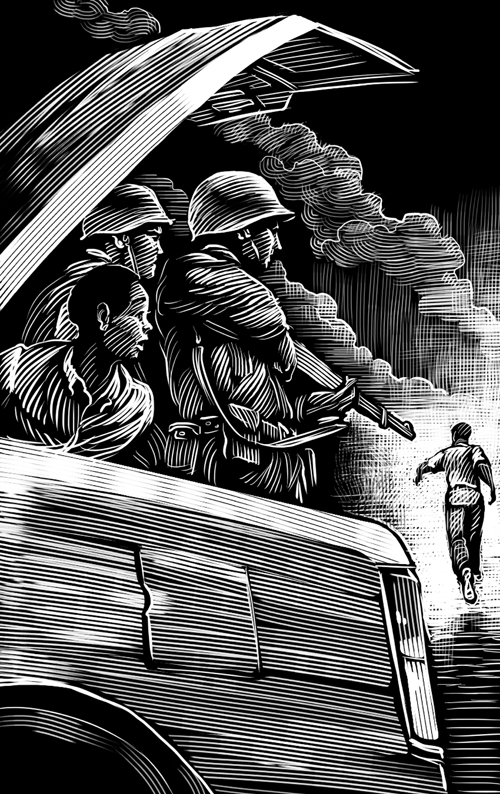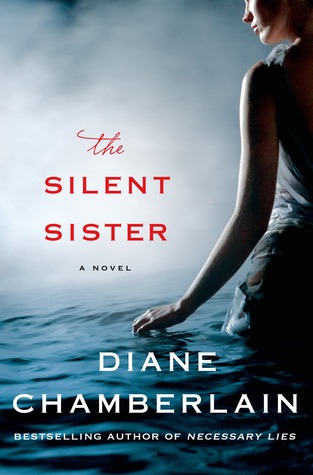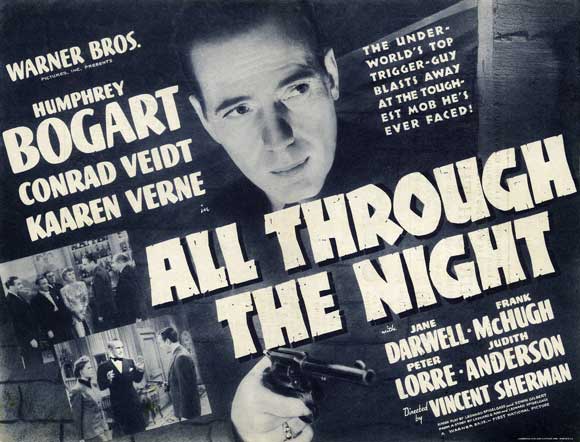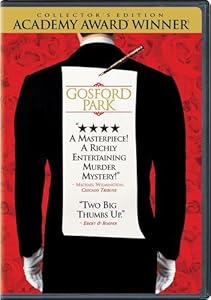 |
| Illustration Copyright 2015 Andrew Wright |
I don't know that I've often refashioned a narrative to examine it from a different angle, and I can't even say I recognize consistent themes in my own work, but with these two stories, written fifteen years apart, I see a lot of similarities, and familiar tropes. They address the same moral questions, the absolutes and the ambiguities, and both of them turn on the hinges of Fate.
In the older story, a kid born to be bad drinks from the Devil's cup and meets an appropriate end. In the later story, a kid who gets off to a bad start foresees an unhappy outcome for himself, and tries to shed his skin. We say that Character is Destiny, if by character we mean a man's basic nature. The bounty hunter is someone of obdurate character, certainly, and not easily deflected from his purpose, but neither is he written in stone. And in "The Sleep of Death," perhaps uncharacteristically, he gives the younger man the benefit of the doubt, although he knows (as we know, it's not kept secret from us) that the guy is guilty of a past crime. Can he have changed? It isn't in the bounty hunter's job description to forgive or offer absolution. He has the reputation, well-deserved, of a stone killer. He trusts to instinct, a native skill in reading sign - and men. It's served him well. In this case, he puts his faith in the man he's bringing in to face a rope, although it might turn out to be rescue instead.
The obduracy of man's nature figures in many if not most of the bounty hunter stories, whether the men and women are good or bad. The capacity for change is less in evidence. I don't really think I consciously chose to revisit the issues in "Sidewinder," it's not as if I thought I got it wrong the first time, but maybe there was the nagging sense it could have gone another way.
Narratives, it seems to me, have a kind of inflexibility. Once a story's told, it feels inevitable. Which of course isn't how it is when you begin. The possibilities seem limitless. But as you move forward, you have fewer turns you can take, until pretty soon you've closed off the exits. A lot of competing resolutions clamor for your attention, and then fall by the wayside. The story picks up its own logic and momentum. The outcome of "Sidewinder" is foreordained. The die is cast when the old man shakes the rattlesnake out of his boot. "The Sleep of Death," however, plays out in chance encounters, any one of which could have taken the story in a different direction. Only at the end does it seem we've been anticipating the curtain closer, that we could predict the one last, doomed choice.
In this sense, the two stories counterpoint each other not so much in the material, the basic plot elements they share, but in their method. In the earlier story, Fate is inexorable. In the other, Fate is accident, being in the wrong place at the wrong time. What happens isn't foretold. It doesn't happen because it must, it happens because it does. Concho Jimmy Pringle in "Sidewinder" can't believe his bad luck has finally caught up with him, while Jack Dodds (or Chaffee) in "The Sleep of Death" is actually relieved. It happens to be Jack's good luck that Placido Geist finds him first, before the sleepy-eyed Ozzie Abeyta shows up. Which is another way of saying the first story winds in on itself, tightening the screws, and the later story is more centrifugal, spinning outward. The more recent story has a more relaxed manner, at least in the telling. What does this say about me, the writer? Maybe it reminds me that I don't always have to keep such a fierce grip on the reins. Let the story take its head.
 |
| Elfego in fiction - Robert Loggia |
 |
| Elfego in life - around the time of this story |











:format(jpeg):mode_rgb():quality(96)/discogs-images/R-1192689-1249491805.jpeg.jpg)






























